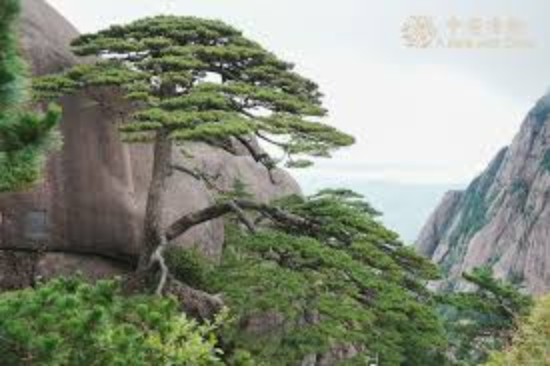
Do Pine Trees Grow in China?
Yes, pine trees grow in China. In fact, China boasts a rich diversity of pine species, some of which are unique to the region. These trees play a crucial role in the country's ecosystems and timber industry.
Species of Pine Trees in China
While many pine species thrive in China, the primary species cultivated for their oleoresin, a substance used in various applications from traditional medicine to industrial uses, include:
| Common Name | Scientific Name | Distribution in China | Oleoresin Uses |
|---|---|---|---|
| Masson Pine | Pinus massoniana | Central and Southern China | Turpentine, rosin, traditional medicine |
| Slash Pine | Pinus elliottii | Southeastern China | Turpentine, rosin, pulpwood |
| Yunnan Pine | Pinus yunnanensis | Southwestern China | Turpentine, rosin, construction timber |
| Simao Pine | Pinus kesiya var. langbianensis | Southern Yunnan Province | Turpentine, rosin, timber |
| Tenasserim Pine | Pinus latteri | Southern Yunnan Province | Turpentine, rosin, timber |
| Caribbean Pine | Pinus caribaea | Introduced to Southern China | Turpentine, rosin, pulpwood |
| Chinese Pine | Pinus tabuliformis | Northern and Central China | Timber, landscaping, edible pine nuts |
| Armand Pine | Pinus armandii | Central and Southwestern China | Edible pine nuts, timber, ornamental |
| Scots Pine | Pinus sylvestris | Northern China | Timber, pulpwood, Christmas trees |
| Larch | Larix spp. | Northeastern and Southwestern China | Timber, pulpwood, landscaping |
Importance of Pine Trees in China
Pine trees are of significant ecological and economic importance to China:
- Ecosystem Services: They prevent soil erosion, provide habitat for wildlife, and contribute to carbon sequestration.
- Timber Industry: Pine wood is extensively used in construction, furniture making, and paper production.
- Oleoresin Production: As mentioned, pine oleoresin is a valuable source of turpentine and rosin, used in various industries and traditional practices.
- Cultural Significance: Pine trees hold cultural symbolism in China, often associated with longevity and resilience.
Conservation Efforts
Despite their importance, some pine species in China face threats due to deforestation, habitat loss, and climate change. The Chinese government has implemented various conservation measures:
- Reforestation Programs: Large-scale tree planting initiatives aim to restore degraded forest lands.
- Protected Areas: Establishing nature reserves and national parks helps conserve pine forests and their biodiversity.
- Sustainable Forestry Practices: Promoting responsible logging practices ensures the long-term health of pine populations.
Q&A
1. What is the most common use of pine trees in China?
While pine trees offer numerous benefits, their most widespread use in China is for timber production, contributing significantly to the construction and furniture industries.
2. Are pine nuts from all Chinese pine species edible?
No, while some species like the Chinese Pine and Armand Pine are known for their edible and prized pine nuts, not all pine nuts are safe for consumption. It's crucial to identify the species before consuming pine nuts.
3. How do climate change effects impact pine trees in China?
Climate change poses a threat to pine trees in China, increasing the frequency and intensity of droughts, heat waves, and pest outbreaks. These factors can lead to decreased growth, increased mortality, and vulnerability to diseases.